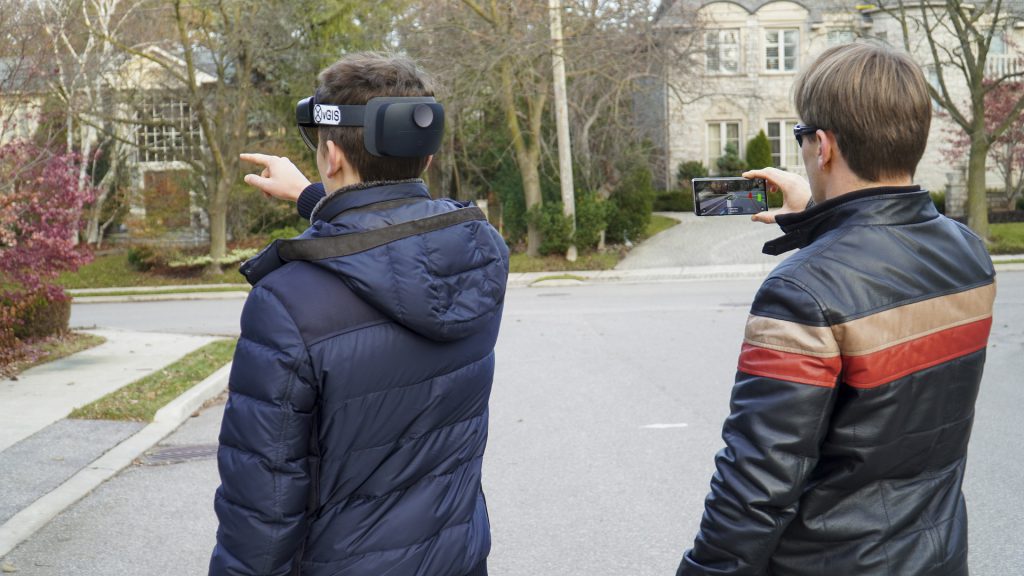In 2016, a new gadget that was almost unnoticed by the general public set the stage for an arms race in the technology of extended reality (XR). The gadget was the Microsoft HoloLens, a bulky, futuristic-looking headset that finally provided the capabilities that other devices had promised but had so far failed to deliver.
Some may argue that the HoloLens was not the first product to provide extended reality, since DAQRI , Google Glass, and a few less memorable devices had been released years before HoloLens came out. But HoloLens was the first comprehensive platform that was suitable for deployment by enterprises. DAQRI headsets were prohibitively expensive and too limited in scope to be useful for more than a few niche applications. Google Glass was an overhyped and poorly executed heads-up display rather than an XR device. Other AR goggles lacked spatial tracking and other essential functionality that HoloLens delivered. What iPhone was for mobile, HoloLens was for XR.
In 2020, the HoloLens is now a year into its version 2 release, and Apple and Google have released their own sophisticated XR frameworks, ARKit and ARCore. The broad support for these devices has provided many opportunities for developers, and developers have been quick to respond. For instance, vGIS—the leading XR solution in the field for visualizing BIM and GIS data—is designed to work with augmented reality (AR) on tablets and phones as well as with mixed reality (MR) on HoloLens.
At vGIS, we must often deal with the question of HoloLens versus iPad and Android devices in order to provide recommendations about optimal deployment. Many companies are just beginning to explore this technology, and they want to know whether they should use the HoloLens in place of tablets and phones, and, if so, how and where.
The applicability of a given hardware platform will differ from job to job and from app to app. Depending on the desired outcomes, what counts as better may differ even within the same organization. For instance, because of their specialized focus, advanced remote support solutions run exclusively on HoloLens. But simple video chat apps are better executed on mobile devices.
On the basis of purely vGIS experience—experience in deploying BIM and GIS AR or MR solutions for AEC and field services—we have summarized the internal guidelines that we share with clients.
There is no noticeable difference in the performance of Android and iOS. Which OS you use depends on the internal standards of your organization or what equipment is already available to your staff. The main question, then, is when to use tablets or phones and when to use the HoloLens.

Phones and tablets
Phones and tablets offer a unique combination of market penetration, accessibility, and convenience. They are in everyone’s pocket, easy to use, and always on. Apps can be run within a few seconds of unlocking the phone. Depending on the model and screen size—bigger and newer is always better—AR apps are zippy and offer excellent visuals even in bright light. Moreover, phones and tablets already run the many apps that make up the standard toolkit of any enterprise.
So it is unsurprising that the majority of vGIS app deployments are on mobile devices.
HoloLens
Considering the broad benefits of mobile, the circumstances in which the HoloLens does a better job may not be obvious. But there are several reasons why every organization should consider strategically deploying the HoloLens.
Complex visualizations
Complex or busy visualizations are best viewed with a HoloLens. These visualizations include sophisticated BIM models, structures, multi-layered utility corridors, the subsurface utilities of a busy downtown street, and intertwining fiber-optic cables. HoloLens delivers the depth perception that helps users to grasp complex 3D objects almost instantly.
Tablets and phones struggle in such situations. In order to approach the same level of understanding that is possible with a HoloLens, when using tablets and phones the user must move around to view objects from different angles. This extra time translates into higher costs, lost productivity, and mistakes.
The superiority of the stereoscopic 3D visuals exclusive to HoloLens justify deploying at least a few HoloLens units to support advanced construction and engineering jobs, critical utility maintenance (such as may be undertaken by field crew supervisors), utility locate validators, public works, and similar contexts in which speed, deep understanding, and accuracy are crucial.
Hands-free
The HoloLens also shines in a hands-free environment. If users need to remain hands-free to perform their jobs, paper records and tablet-based or phone-based tools will not suffice. The HoloLens provides a rich and interactive user experience for displaying manuals, guides, and collaboration tools while allowing the user’s hands to remain completely free to do the job itself.
Limited or difficult space
The HoloLens also works best in environments where using phone-based, tablet-based, or paper-based references is difficult or impossible. Jobs that require the worker to follow specific instructions, and where placing paper instructions or tablet and phone within reach is not possible, are the best candidates for the HoloLens. Examples include working in small chambers or at great heights.
Advanced collaboration
Sometimes the user must be guided by a remote specialist. Such guidance may include highlighting areas of concern, displaying objects in 3D, and superimposing schematics on physical objects. The best solutions in such cases are the HoloLens and advanced collaboration apps, including Remote Assist by Microsoft and RemoteSpark by Kognitiv Spark.
Operational readiness
Finally, being prepared for Industry 4.0 is a significant reason for companies to deploy the HoloLens on at least a modest scale.
Some companies deploying vGIS have done so on mobile devices only. Nevertheless, they have also procured several HoloLens units, even though they know that they will never use the current generation of HoloLens in the field.
This procurement is reasonable. These companies know that the complexity of their operations—including numerous stakeholders, unions, geographically-separate teams—will not enable deployment of a new kind of device like the HoloLens until policies and procedures ensuring the personal safety of each worker have been developed and approved by key stakeholders. The novelty of wearable technology requires several rounds of testing, validating the results, and developing and refining policies. Each round may take months or years to complete. These companies understand that hands-free XR devices are the future of their industry, so they have begun preparing for that future now. They understand that although HoloLens V1 and HoloLens V2 may not be suitable for their immediate requirements, HoloLens V3 or HoloLens V4 will be. So they are investing the time and resources that they need to invest to be ready for the future.
The situation is akin to the massive shift of the workforce toward mobile in the early 2010s. Some companies started preparing for the mobile revolution with the release of iPhone 3G, which gave them a head start and a competitive edge. The same motive inspires investment in preparations for the eventual full deployment of wearable XR.
Summary
This article has explained a few of the reasons for deploying Microsoft HoloLens instead of phone-based or tablet-based AR. Our explanation is based entirely on our own experience in deploying the vGIS solution in scores of enterprises, and it is not meant to be exhaustive. There are also many other reasons for companies to experiment with holographic devices in order to understand their options and the functionality and operational changes required to adopt the technology.
A decision to deploy HoloLens doesn’t mean that the deployment will automatically succeed. In the coming weeks, we will share our understanding of the best practices for successful deployment, including operational changes and how to equip the HoloLens for work outside, where it may be subjected to bright light conditions or hardhat requirements. To stay informed about us and our industry, please consider following us on social media.
